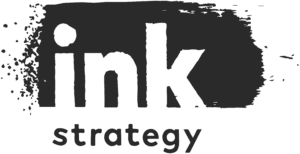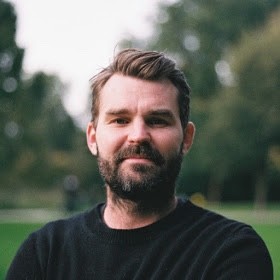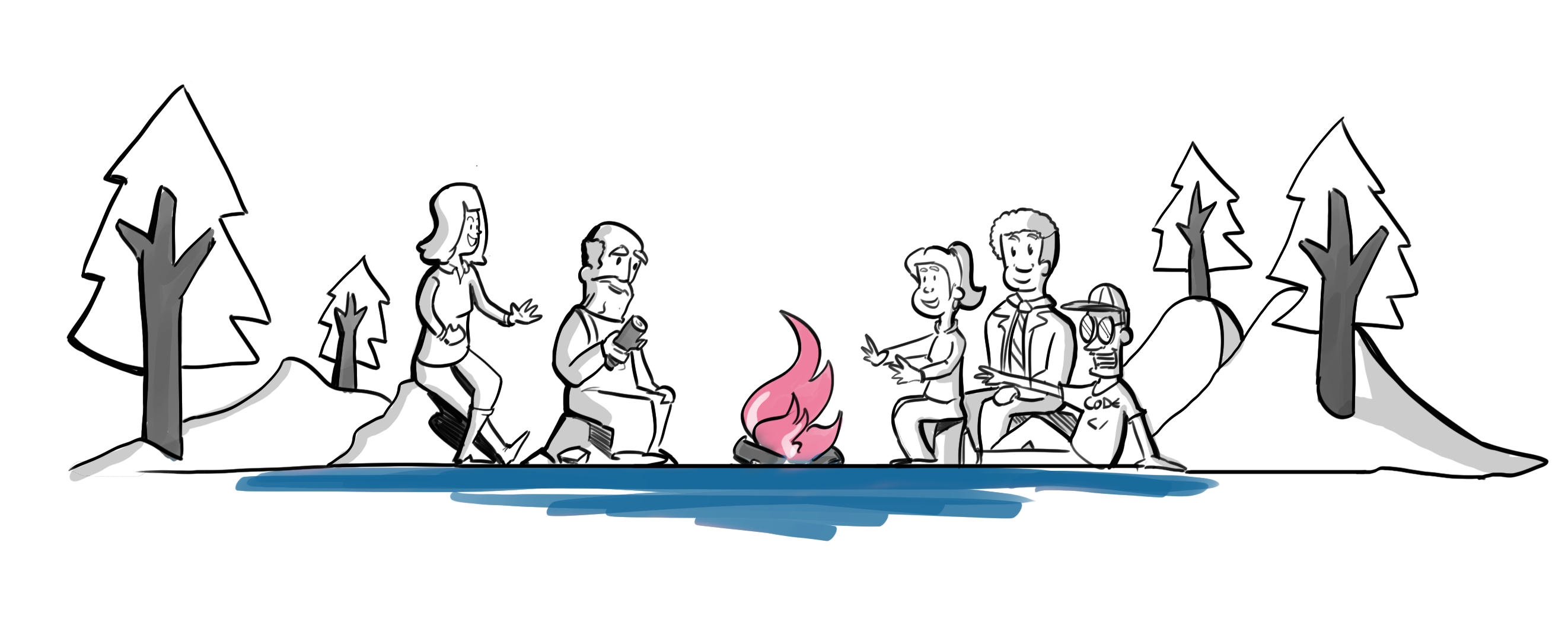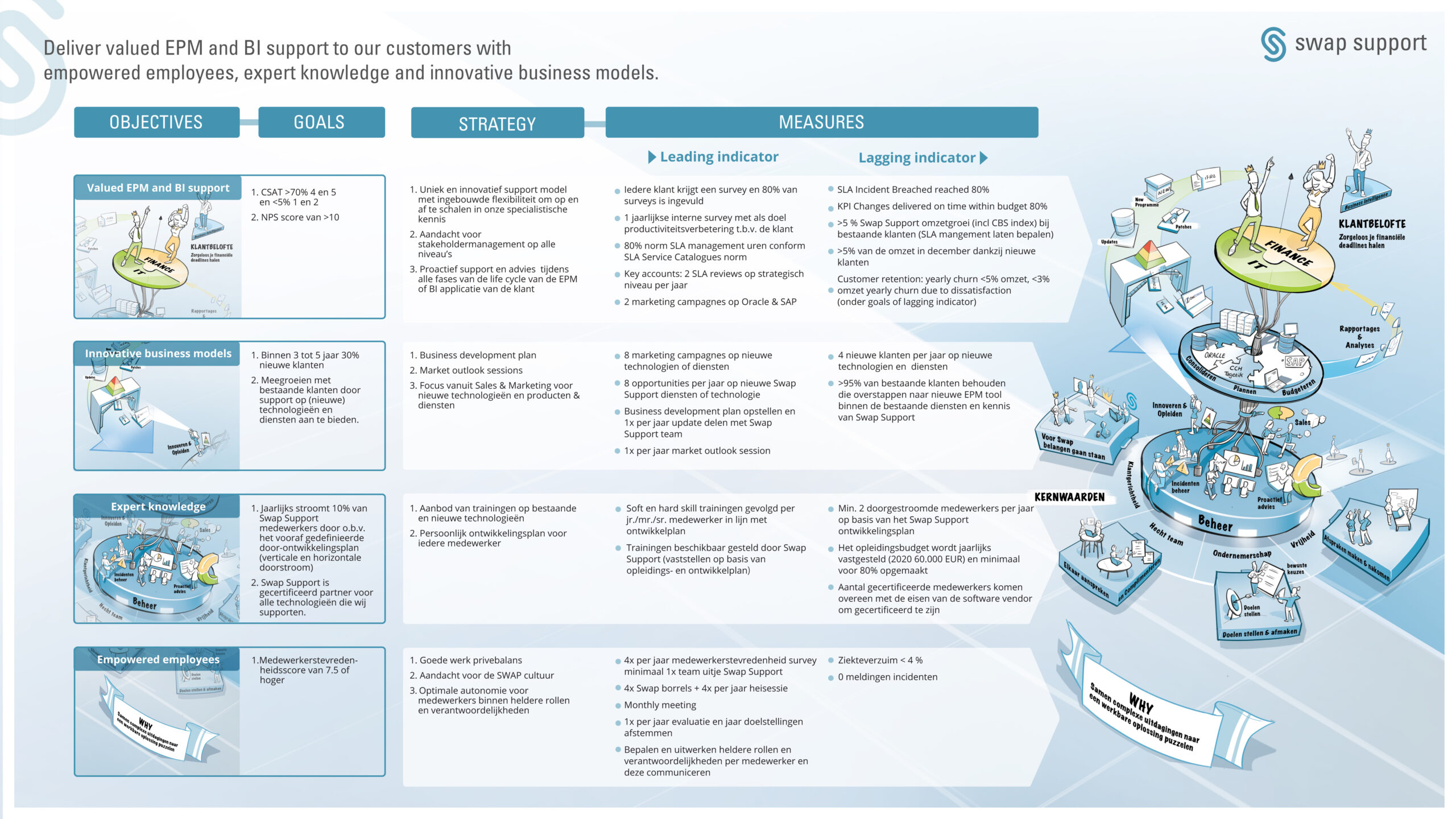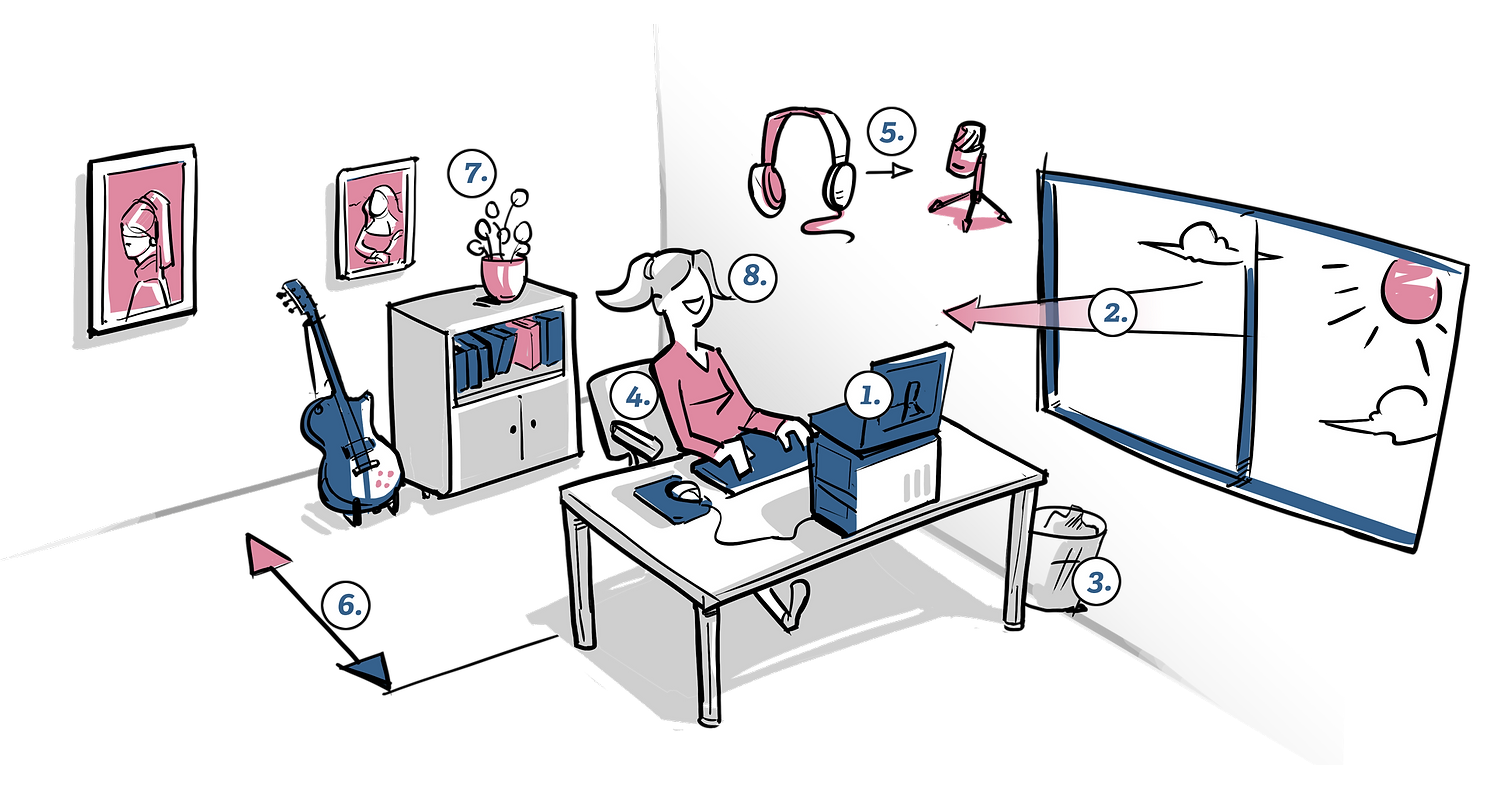Everything you need to know about storytelling to make your story stick.
In today’s constantly evolving business environment, change is one of the constants necessary to remain competitive. But change in itself is disruptive to the culture, and employees often resist it, resulting in decreased engagement and collaboration slowing down any chances of agility and adaptaion.
Activated organisations thrive
Some organisation manage to get change working on their side, they build cultures that are flexible and focus consistently working toward a clear vision and then turning to the organisation and people in it for creative problem solving. These organisations co-create the best ideas and decrease hierarchy and bureaucracy by empowering employees to creatively contribute. Design thinking is one of the tools or processes that these thriving organisations often introduce to bridge the gap between visionary thinking and creative problem solving. Design thinking and visual thinking helps organisations effectively manage change in a unique way by increasing engagement through co-creation, improving communication by working with all level of the organisation at te same time and and creating a shared vision clear for everyone to see at every given time. We often refer to these forward thinking organisations as activated organisations.
Read further if you are…
- interested in applying some form of design thinking to your change management approach
- want to know what a bigger picture is and need a few examples
- are looking new approach to getting your team aligned on a specific topic
What is visual thinking and how does it fit into change management?

Visual thinking is a process that can helps organisations facing transformations create clarity through the creation of clear visualisations of complex ideas. Visual thinking is a process that encourages people to think and communicate visually, using images, diagrams, and other visual aids. By doing so, it makes it easier for people to connect and have better quality conversations about the grey areas surrounding a new idea.

The process of visual thinkign helps stakeholders to zoom out see how thing connect, identify opportunities, and spot potential challenges or gaps in their thinking. Visual thinking can be used at the beginning of a design process, during the thinking steps or near the end of a collective activity to consolidate thinking. Visual thinking makes complex concepts more accessible and easier for people to understand and engage with the new ideas. The output of visual thinkign can be a bigger picture.
At Ink Strategy we thoughfully navigate the complexity of group dynamics with a playful approach that boosts collaboration.

So what is a bigger picture?
The phrase “bigger picture” is often used to refer to the overall or broader view of a situation or issue. We refer to a bigger picture as a visualisation that captures both the strategic direction and the behaviour needed to achieve it. A bigger picture capture a story in its entirety rather than just focusing on specific details or aspects. Designing a bigger picture visualisation means being able to see the context and implications of a situation, what the key strategic themes are and what it will look like in the future. The process involves taking a step back and considering a more holistic perspective and finding overlap and synergies in a storyline before zooming into the details again. Designing a bigger picture can be helpful in making more informed and strategic decisions, as well as in understanding the interconnectedness of various factors and elements involved in a situation.
What a bigger picture is
Using visual tools, such as models, diagrams, maps, and sketches, to represent and organize information.
Using sketching to better understand and analyze complex ideas, concepts, and relationships between different elements.
The search for (visual) metaphors to help explain complex ideas or concepts.
Using visualization to stimulate creativity and generate new ideas during ideation.
Using visual boundry objects to enhance communication and collaboration among team members
What a bigger picture isn't
Just a drawing or picture without any underlying structure or meaning
Only for artists or designers or people with strong artistic skills
Limited to certain types of information or data
A replacement for other forms of communication or thinking, such as writing or verbal communication.
A shortcut to avoid critical thinking or analysis e of visual tool or technique
An example of a bigger picture

There are many types of bigger pictures we have made at Ink Strategy over the past decade. We use visualisaitons to clarify experiences, user journeys, innovaitons, strategies, how systems work, complex IT landschapes an culture or behavioural changes necessary within teams. The bigger picture can capture numerous innovative new ideas in one image can show how the different strategic themes connect and fucntion together. The bigger picture is verstatile an flexible but should be applied to the most important thing at that moment.
Using visual thinking in change management
Visual thinking is complementary to all change methodologies like Kotter, Lean, or ADKAR because it introduces a human-centered design approach. Visual thinking is a process centered around collaboration and clarity. Using visualisation helps engage the people in the organisation more easily, making sure that their needs, wants, and concerns are taken into account. We often run validation sessions to gain input form different stakeholder groups and ask them where they see them selves in the visual. They can ask questions like ‘what’s in it for me’ and provides valuable input a early stages when moving towards a future vision. When combined with change methodologies, visual thinking can help teams to design change programs that are more inclusive, and engaging for everyone.
Many large organisations are already using bigger pictures within their change management approach.
As Watson – IT vision bigger picture
For example, As Watson’s CIO has een using visualisation to clarify a complex vision for years now primarily to bridge the communication gap between the business and the IT team across 30 different countries worldwide.
KPN – Innovation Portfolio bigger pictures
Similarly KPN used visual thinking to create synergies between 12 different innovation teams working on different emerging technologies. The creation of bigger pictures helped to identify overlap between teams and restructure the innovation portfolio.
Tata Communications – Strategic retreat and collaboration
Or Tata communications embraced visual thinking to help an executive leadership brainstorm about their strategic portfolio during a four day strategic retreat. The visual thinking exercises played a central role in building a common understating of what everyone was working on.
United Nations Development Programme – Vision engagement
Another example is the United Nations Development program in Ukraine where Ink Strategy was asked to work with the leadership to develop a vision an translate it to strategic initiatives with 100 people during a three day retreat. The output of each session was a bigger picture to capture their collective goals.
Visual thinking embraces design thinking frameworks like empathy maps, journey maps, and prototyping that are already being used to help organisations to create better change programs that are more user-centric.

One of the most critical aspects of using visual thinking in change management is creating a large visualisation of the inspired vision, the ‘bigger picture’. This visualisation should show what the organisation wants to achieve, how it will achieve it, and what it will look like once the change is complete. Creating a visualisation can help to get different stakeholders on board and mobilise the organisation to be activated and ready for change. It can also help to create a shared vision that everyone can work towards.
Visual thinking is a powerful tool that can help organisations facing transformations to increase collaboration and engagement. It fits into and is complementary to all change methodologies out there because it introduces a human-centered design approach. By using design thinking tools like empathy maps, journey maps, and prototyping, organisations can create better change programs that are more user-centric. Creating a large visualisation of the inspired vision is key to getting different stakeholders onboard to mobilise the organisation to be activated and ready for change.
How we use systems thinking to design a bigger picture
Systemic thinking is a way of thinking that involves understanding how different components of a system are interconnected and influence each other. When creating a bigger picture, systemic thinking can be a helpful tool to ensure that all the elements are considered and their interactions are understood. Here are some ways that systemic thinking can be used when creating a bigger picture:
Overall, visual thinking or bigger pictures can be a powerful complementary tool in your change management approach. The design process of making a bigger pictures pushes team to co-create a common understanding about how their vision, strategy innovation or new business process will unfold. Multidisciplinary team including leaders, team members and employees directly interacting with clients can all be be part of the process to boost engagement and the creative contribution towards the future.
Bigger picture
Interested in increasing engagement by creating a visualisation or bigger picture to showcase your vision let us know.
Recent posts
The OGSM model is a strategic planning model that connects the dots in your strategic plan...
It seems like remote meetings are here to stay. Read up on how to get the most out of your...
